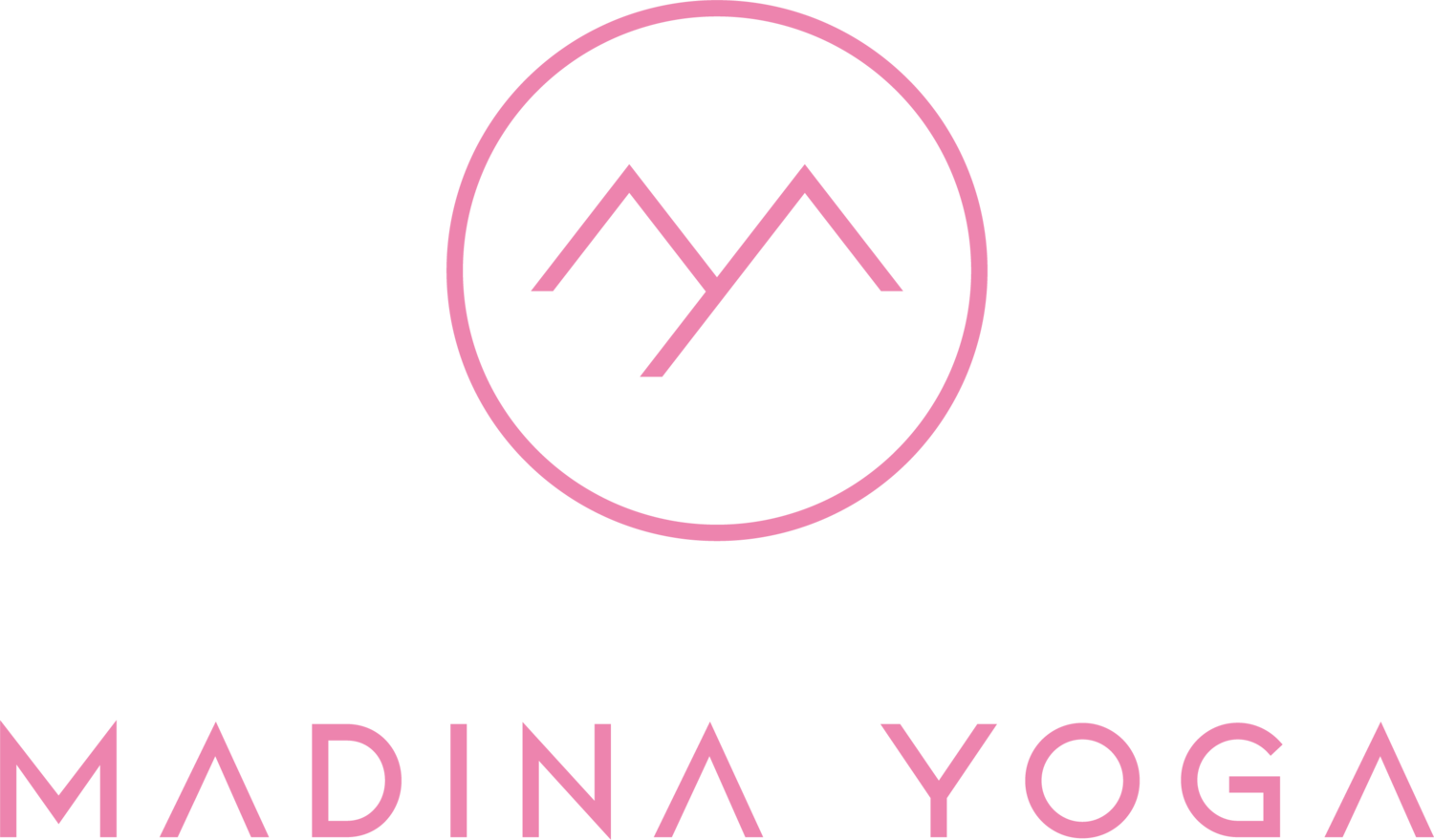I have been diagnosed with a hip labral tear.
I love yoga, but should I quit now?
I don’t feel safe going to a general class.
What should I do?
Definition of Acetabular labrum from Wikipedia:
“A ring of cartilage that surrounds the acetabulum (socket) of the hip. It provides an articulating surface for the acetabulum, allowing the head of the femur (thigh bone) to articulate with the pelvis. It is estimated that 75% of acetabular labrum tears have an unknown cause. Tears of the labrum have been credited to a variety of causes such as excessive force, hip dislocation, capsular hip hypermobility, hip dysplasia, and hip degeneration”.
This is how I work with my private clients with hip labrum tear:
Check for the doctor’s approval to return to yoga.
Understand the client’s comfortable and safe unloaded hip ROM (range of motion). What I mean here is performing the six hip movements while lying down on the back or while seated.
The six hip movements are:
flexion - bringing the knee into the chest
extension - moving the knee back like in backbends
abduction - moving the knee out sideways away from axis like in wide-legged forward bend “Upavishtha Konasana” pose
adduction - crossing the knee over axis like in cow face “Gomukhasana” pose
internal hip rotation - when knees and toes rotate inwardly (pigeon-toes)
external hip rotation - when knees and toes rotate outwardly (first position in ballet)
When testing these six movements, I am looking to identify a safe and comfortable degree to which a client can perform each of them and some typical yoga combinations like external hip rotation + flexion/extension.
Once we know the client’s safe unloaded ROM, we attempt some standing (loaded ROM) poses:
High crescent lunge pose will help us understand flexion (front leg) and extension (back leg).
In Warrior I as the back leg performs extension + external rotation (heel on the floor). While in Warrior II front leg flexes + externally rotates.
In Wide-legged Forward Bend pose “Prasarita Padottanasana” (before folding forward) we look at abduction and when folded forward, abduction + flexion.
ROM in balancing poses is very important as we put the most pressure on the labrum of the standing leg’s hip. It’s important to understand if a client can balance safely and comfortably in the following poses:
standing split (flexion)
half moon pose (flexion + external rotation)
Finally, it’s about transitions:
from warrior I to warrior II
stepping forward from one-legged downward facing dog to crescent lunge
from standing split to half moon pose
If you are unsure how to do this on your own, seek the advice and help of an experience yoga teacher. Reach out to me if you would like to work with me privately. I can see you in Sydney or otherwise online.

